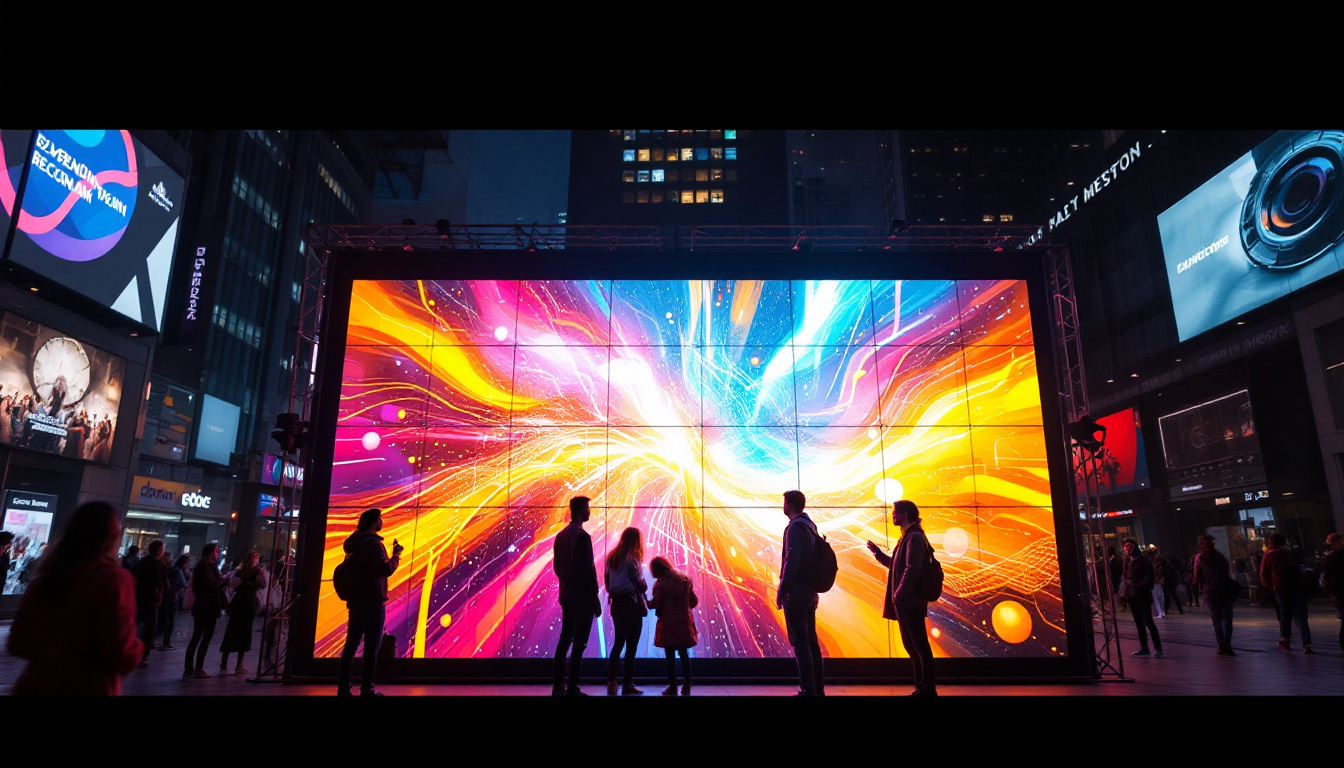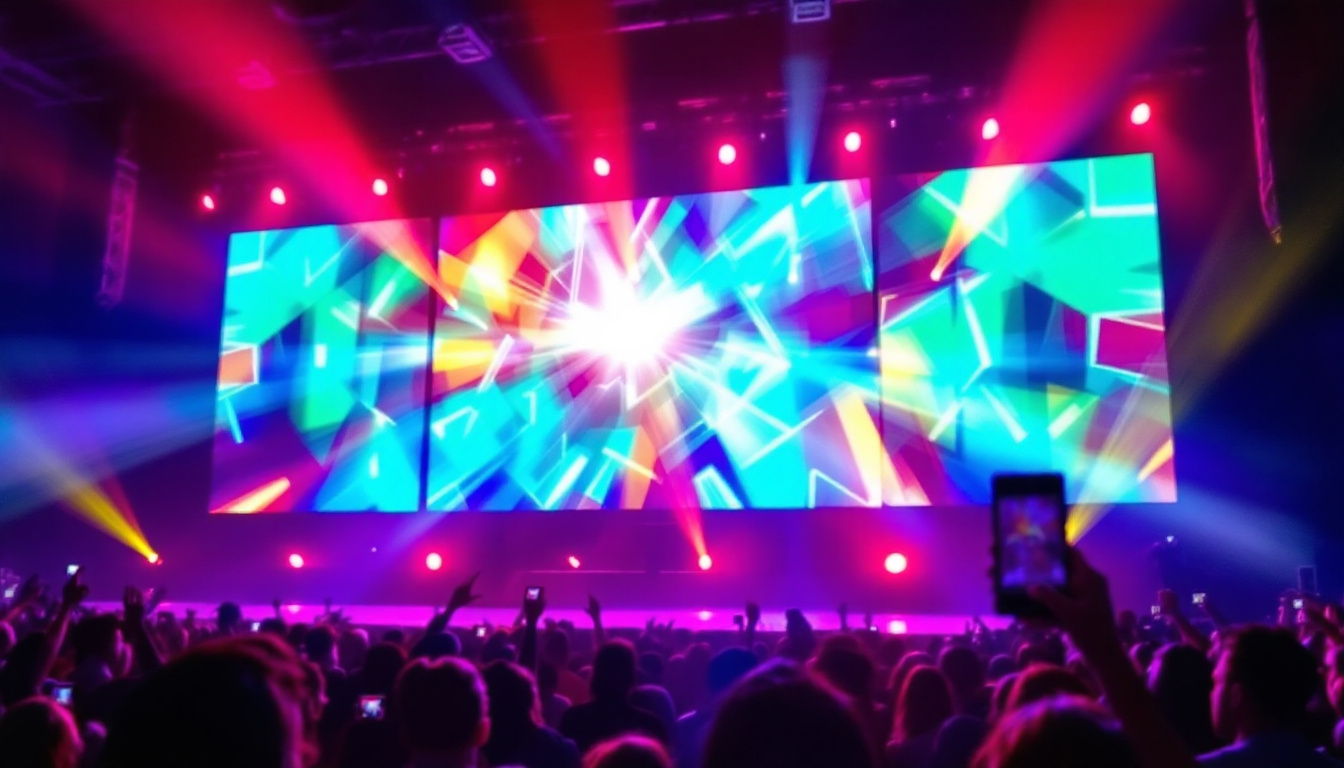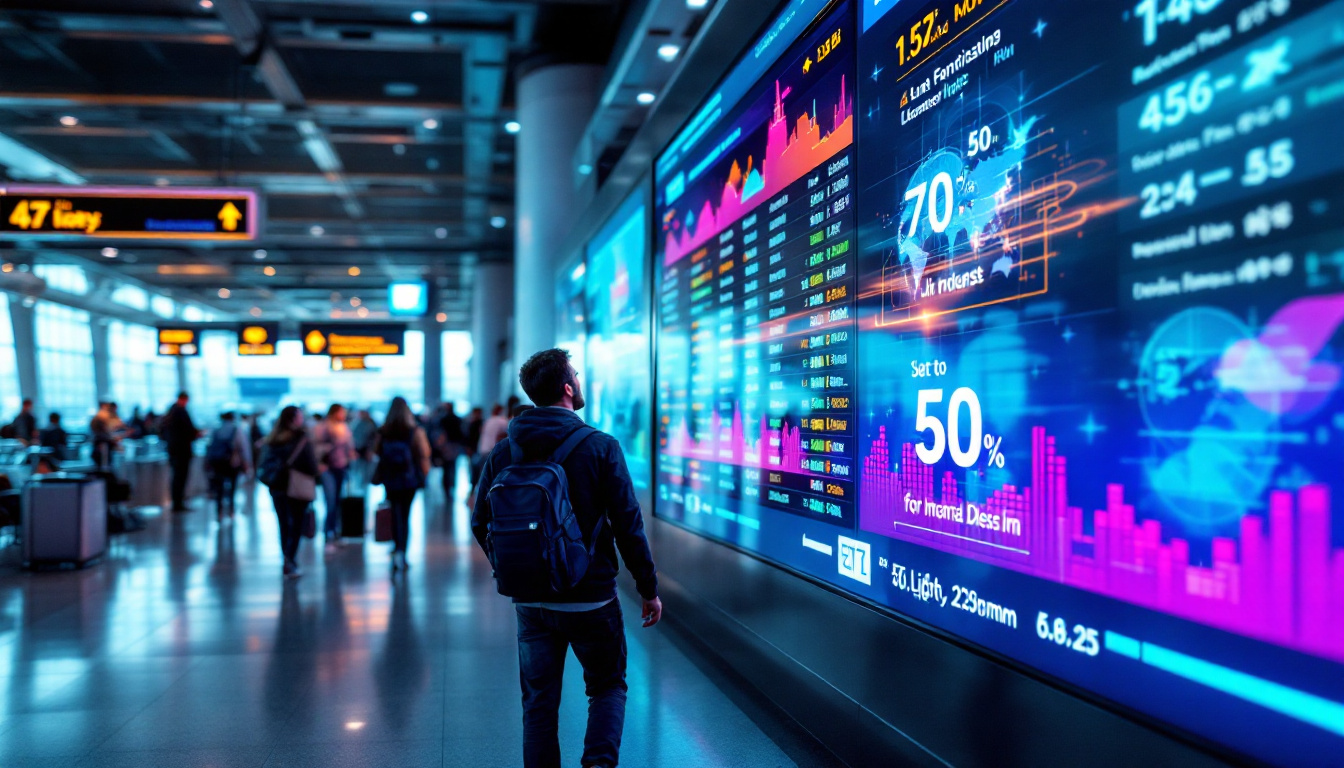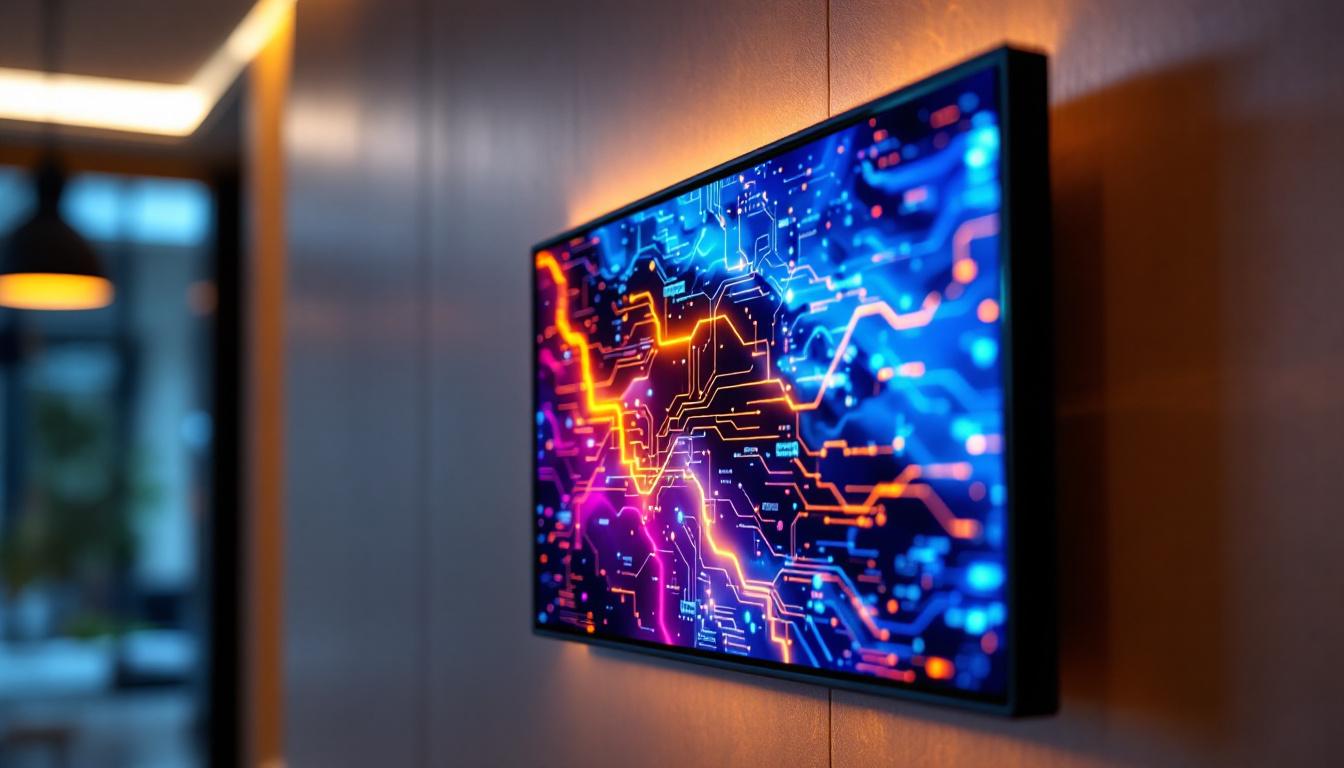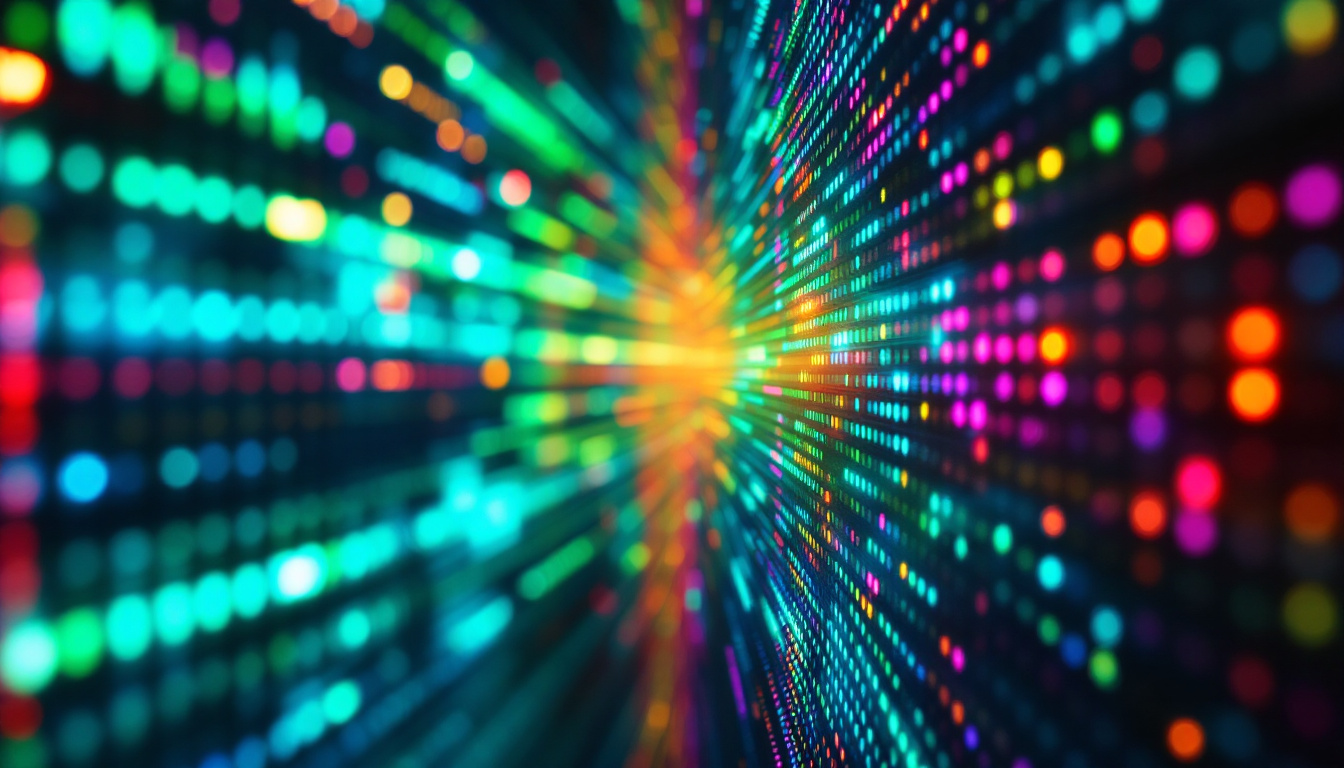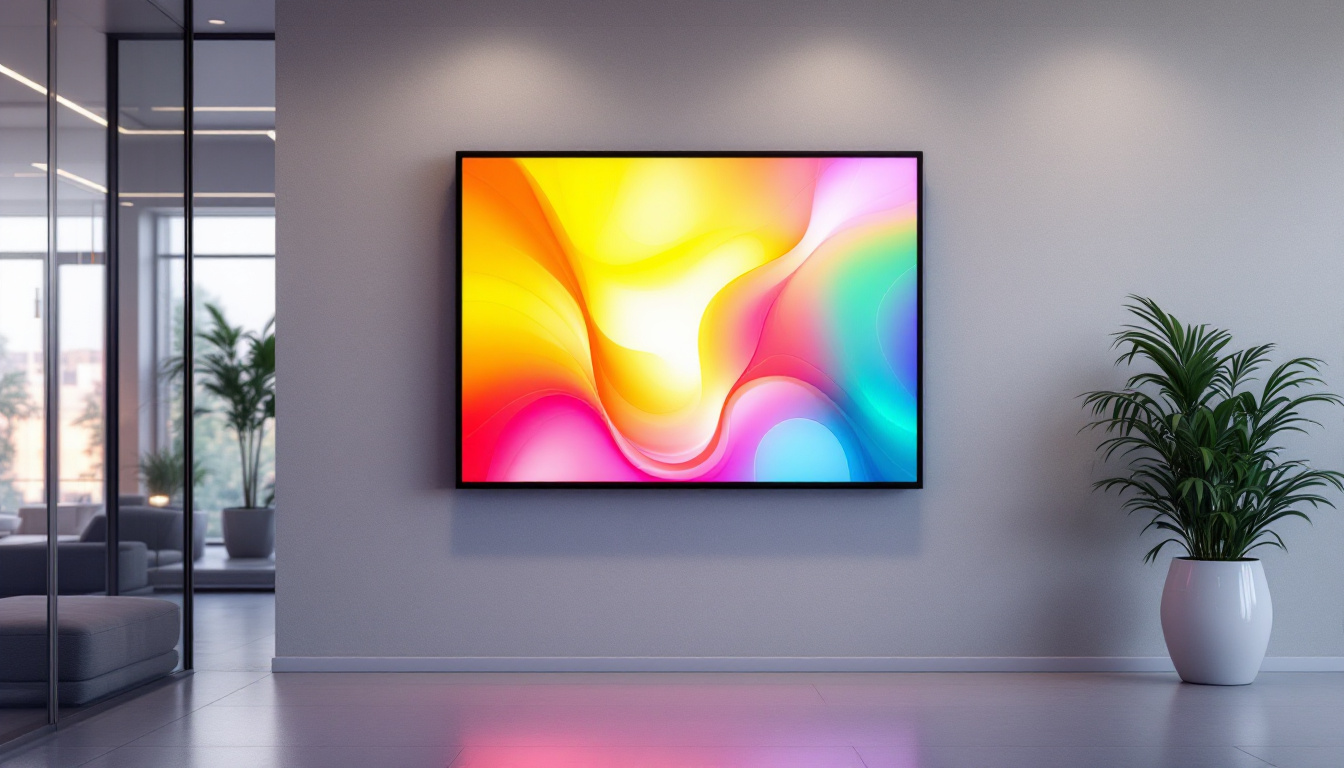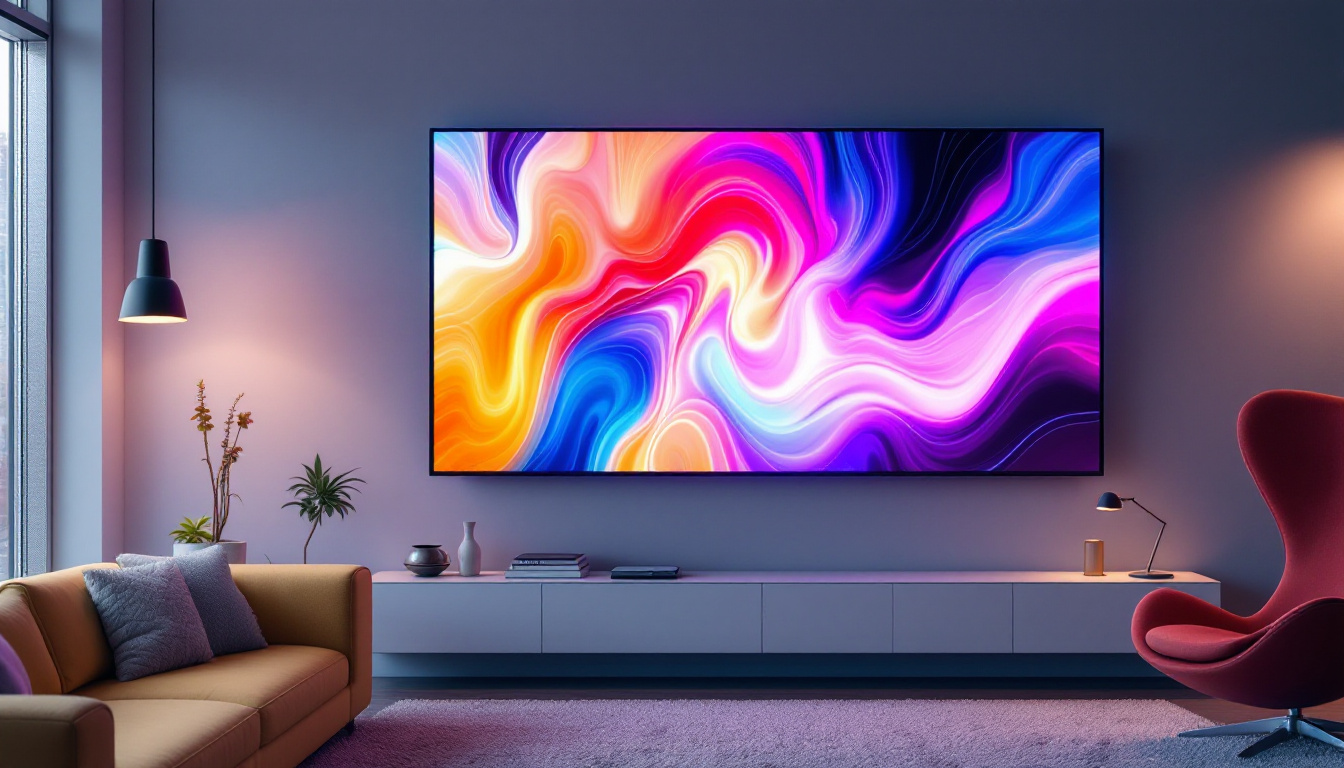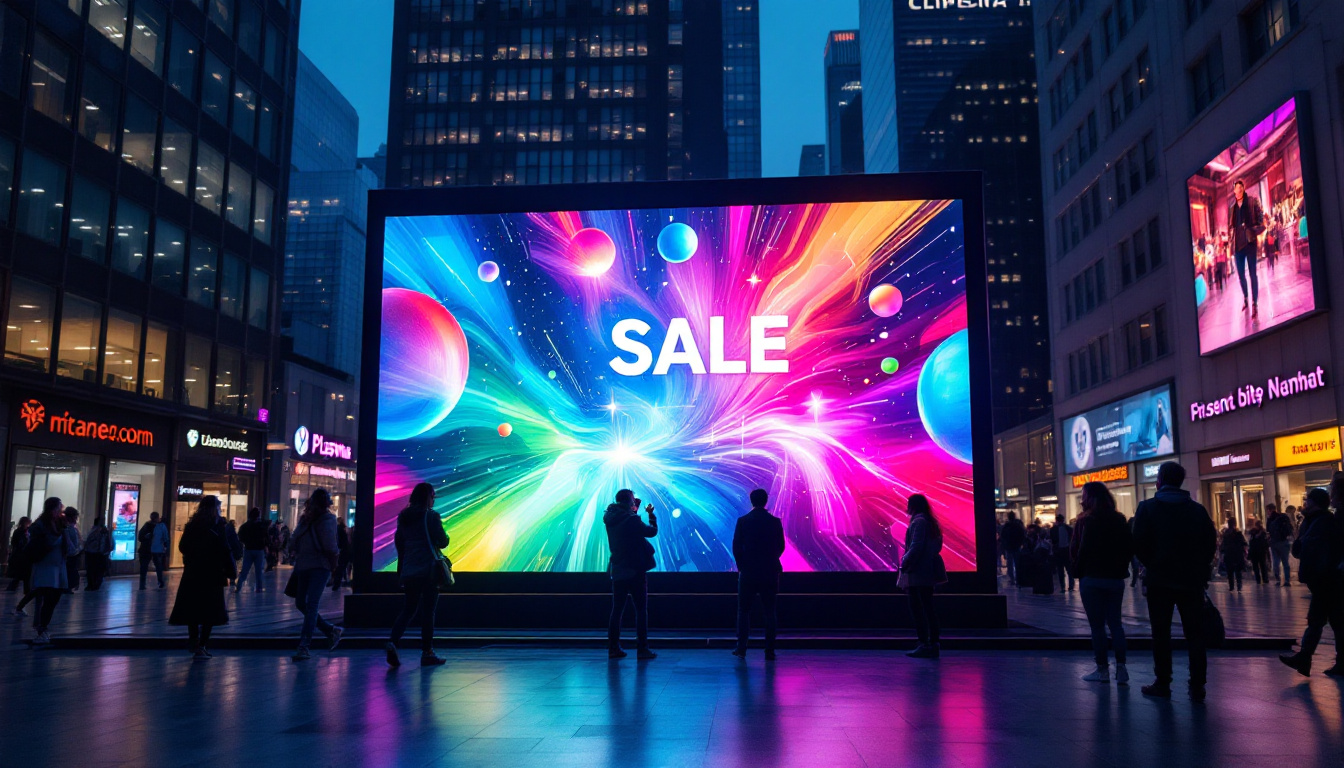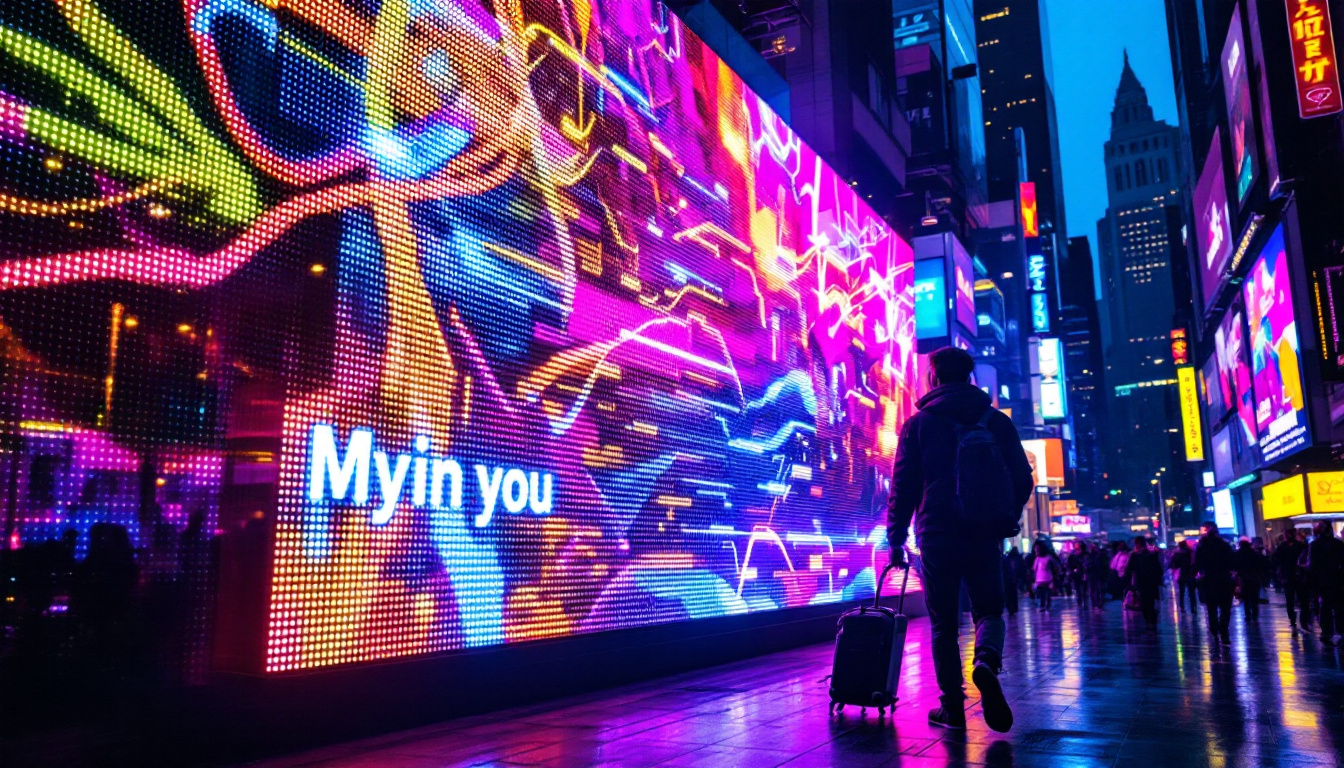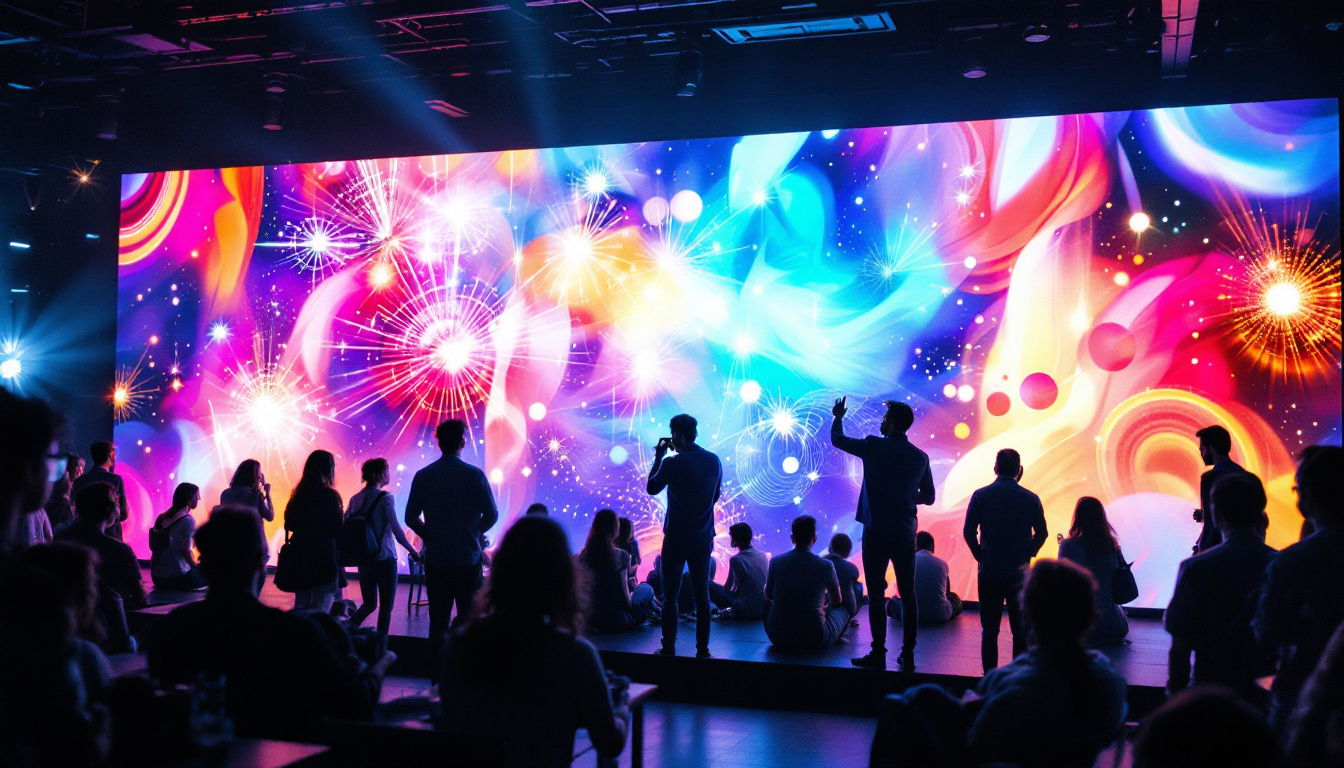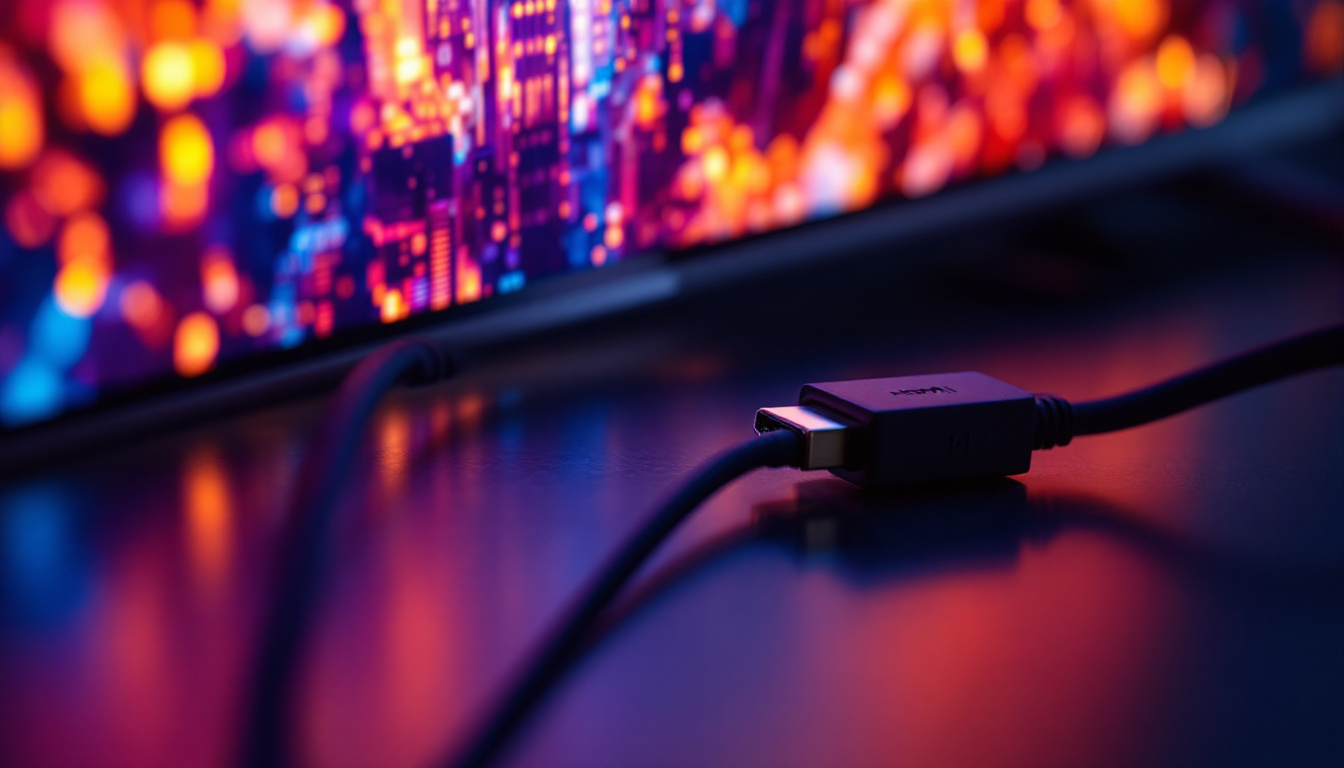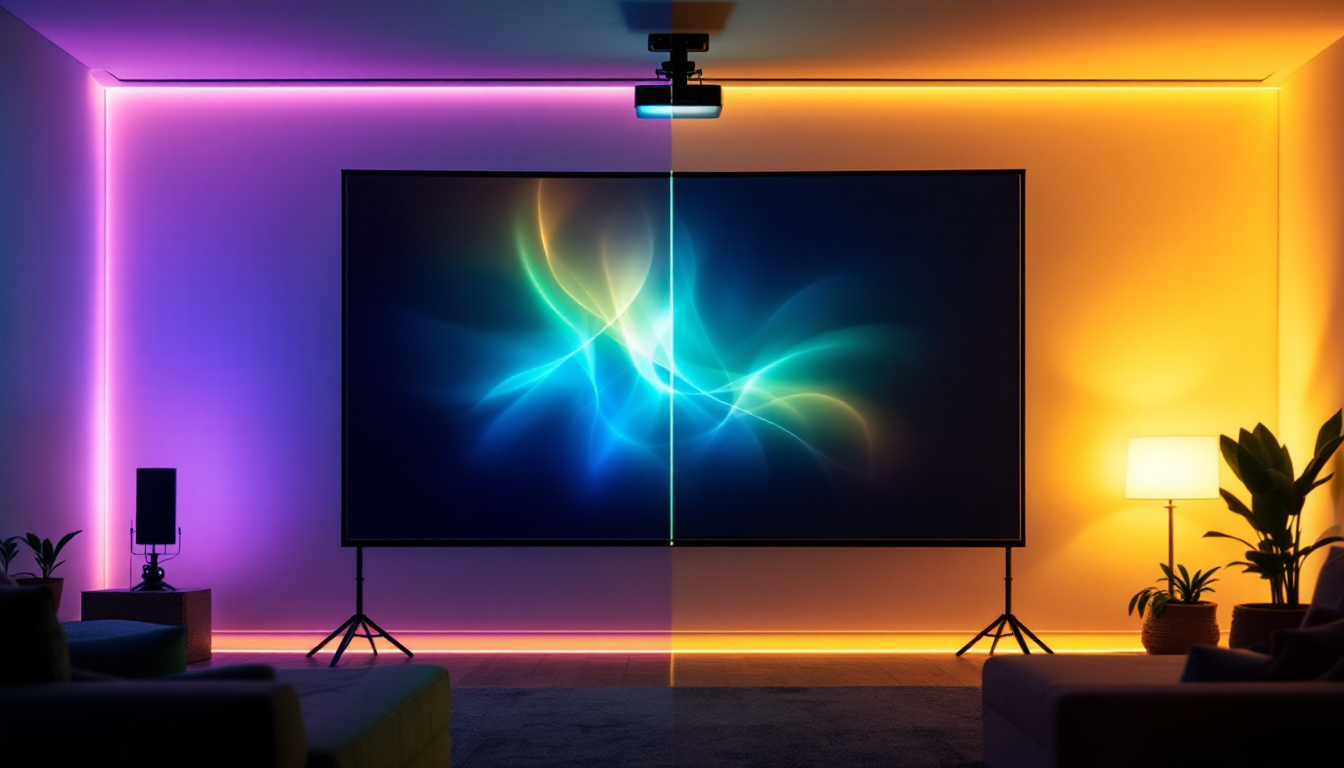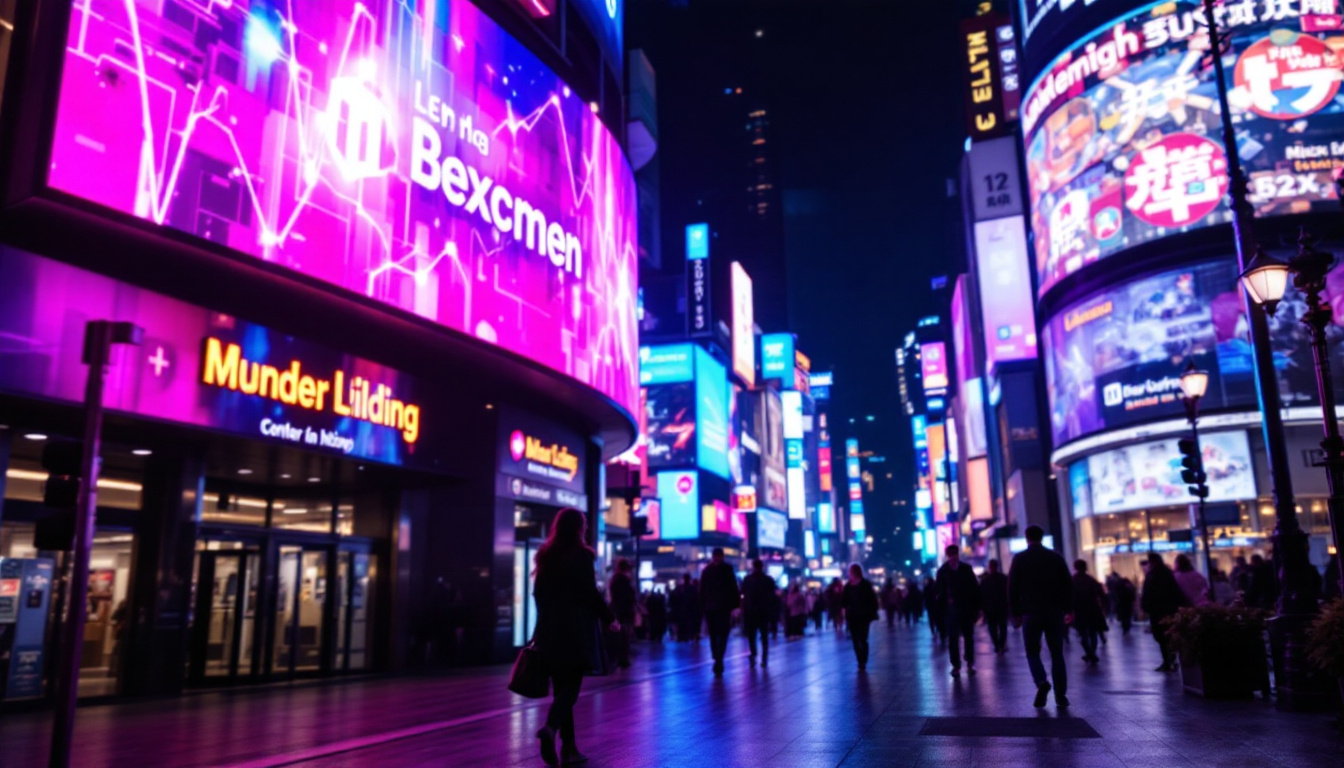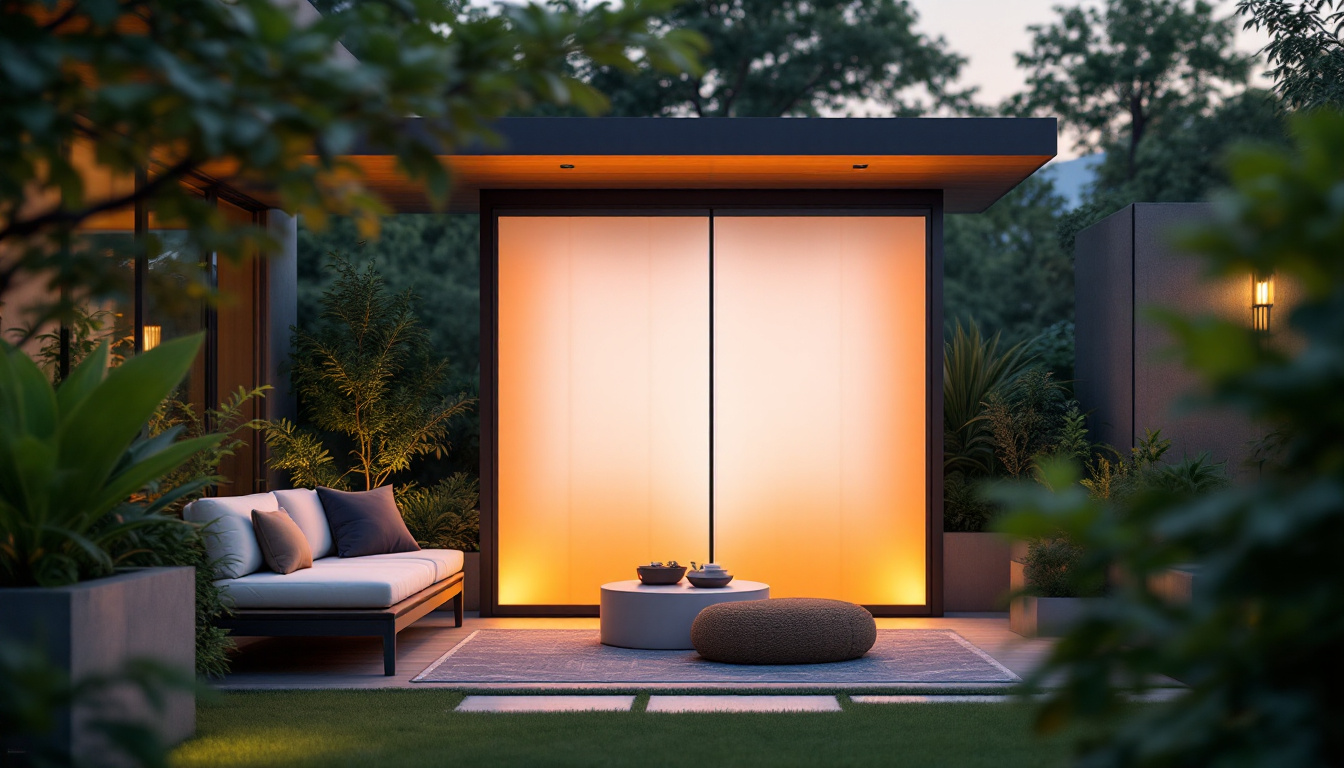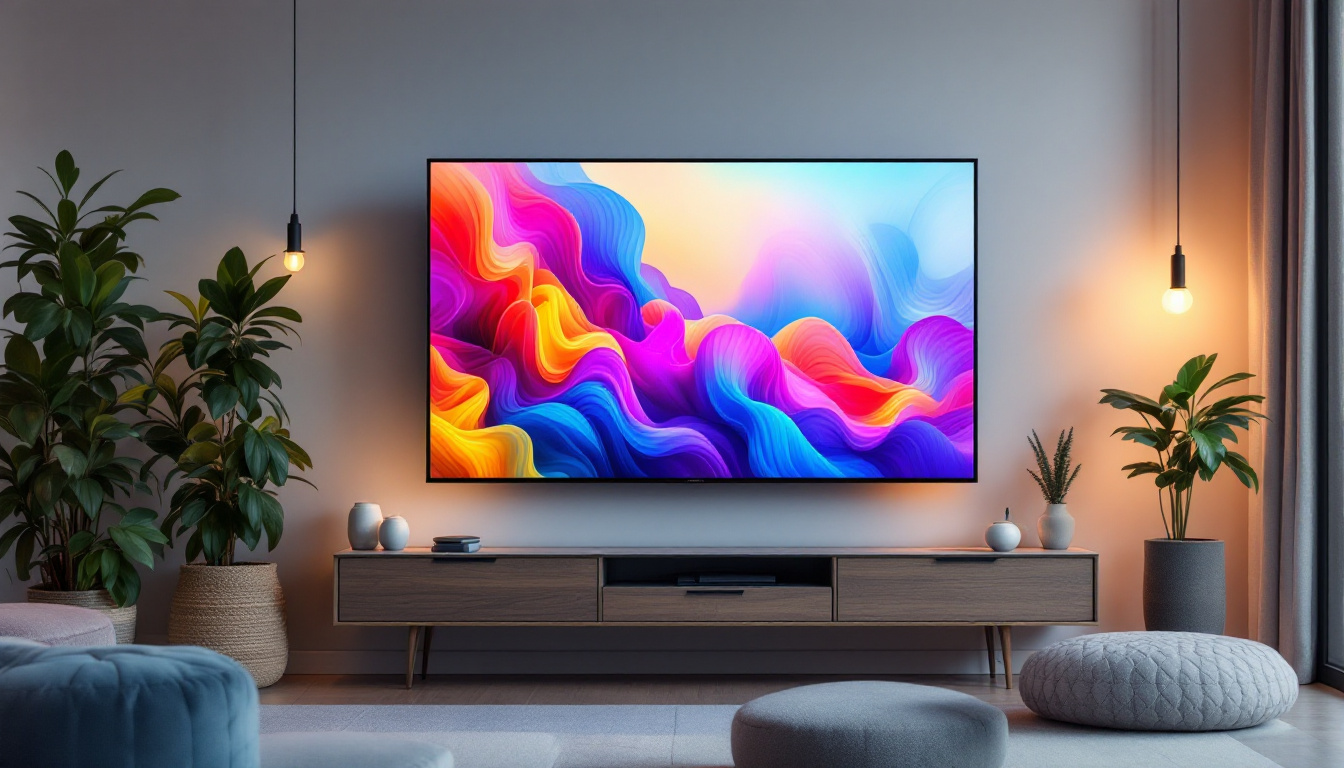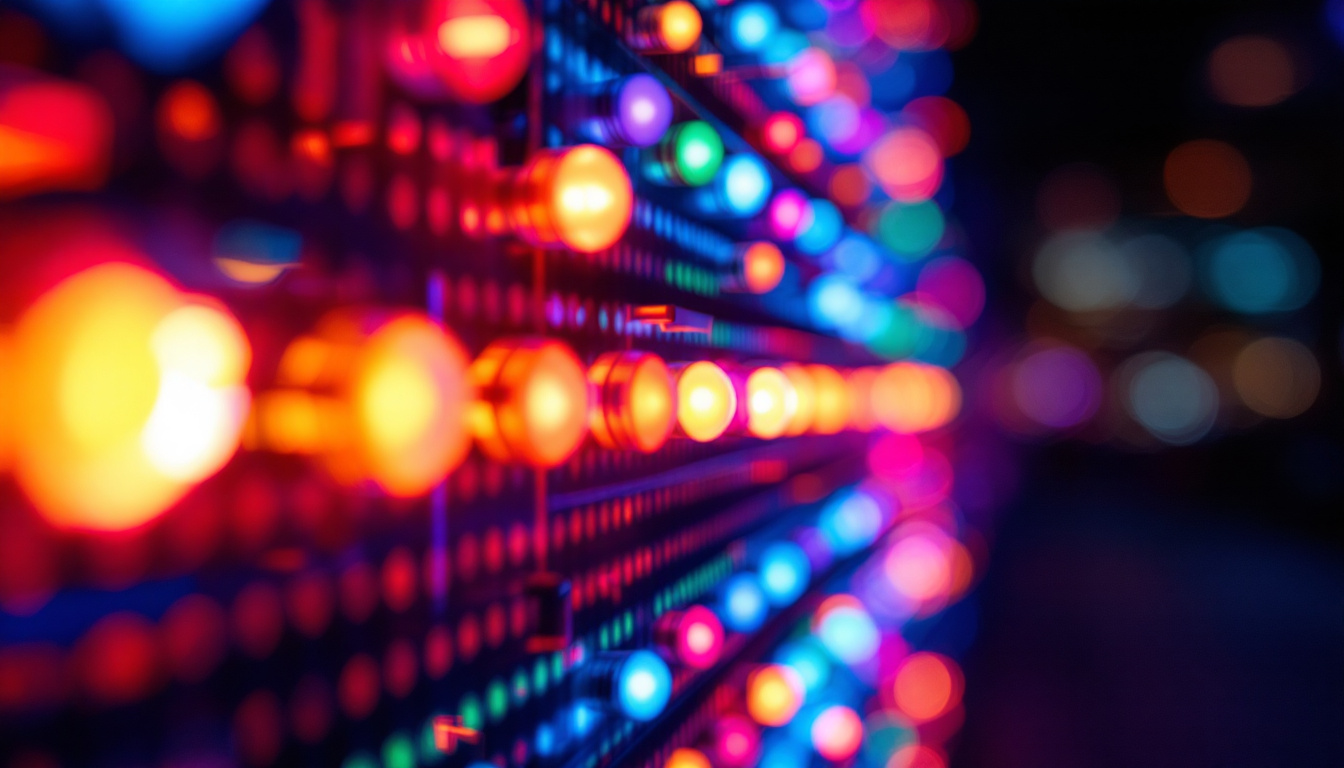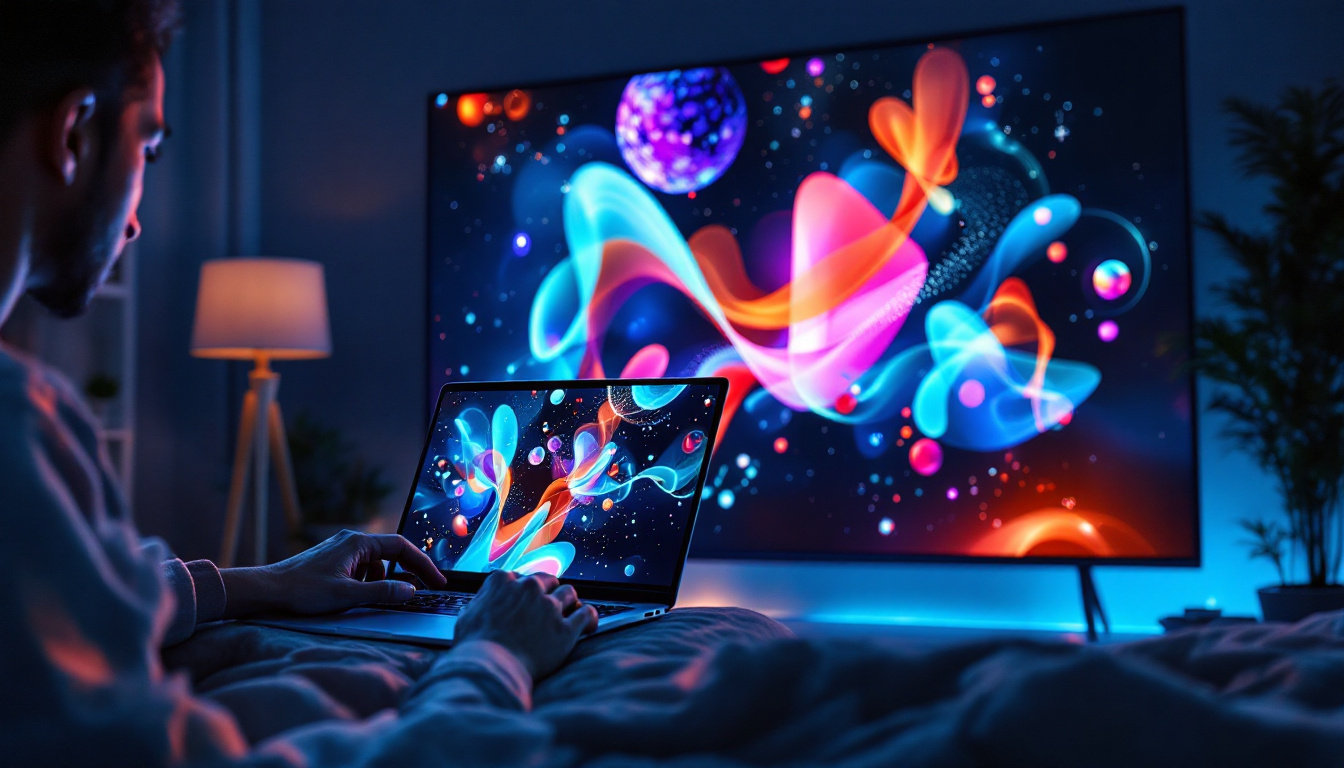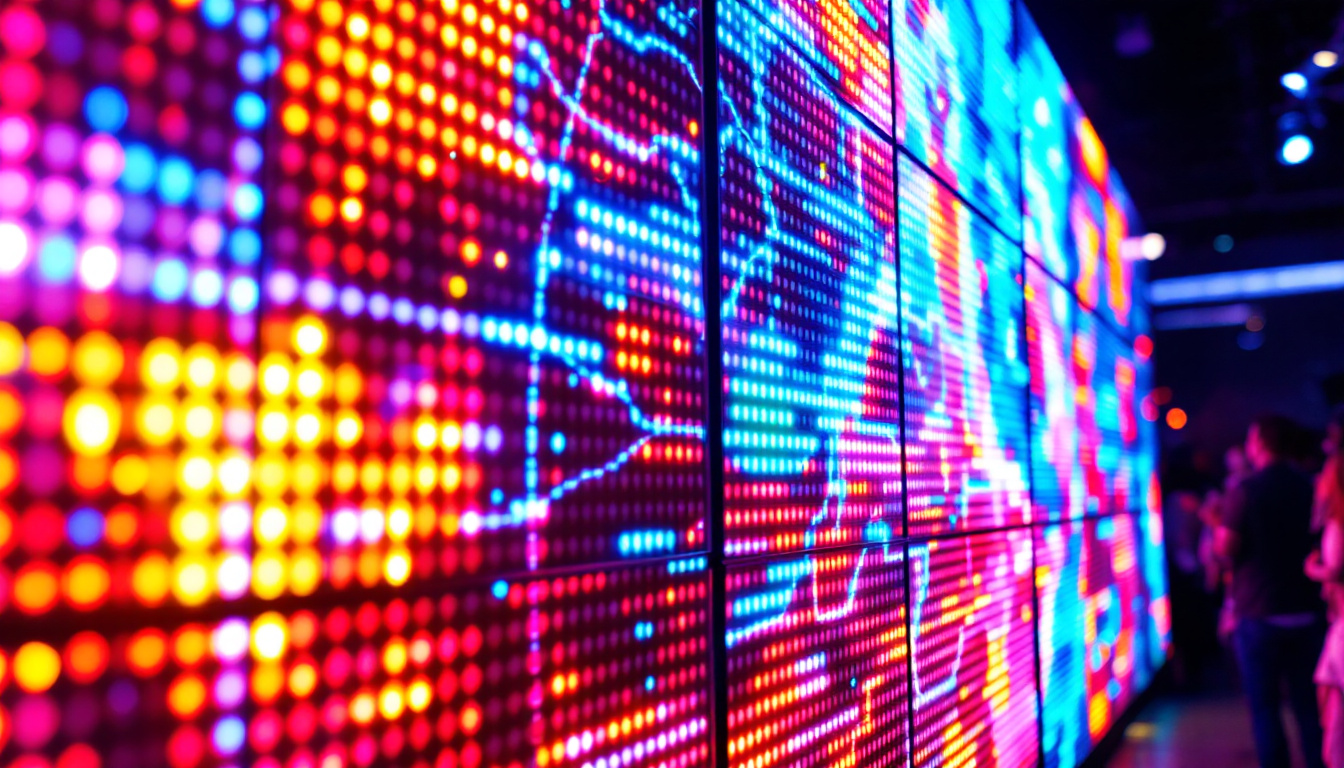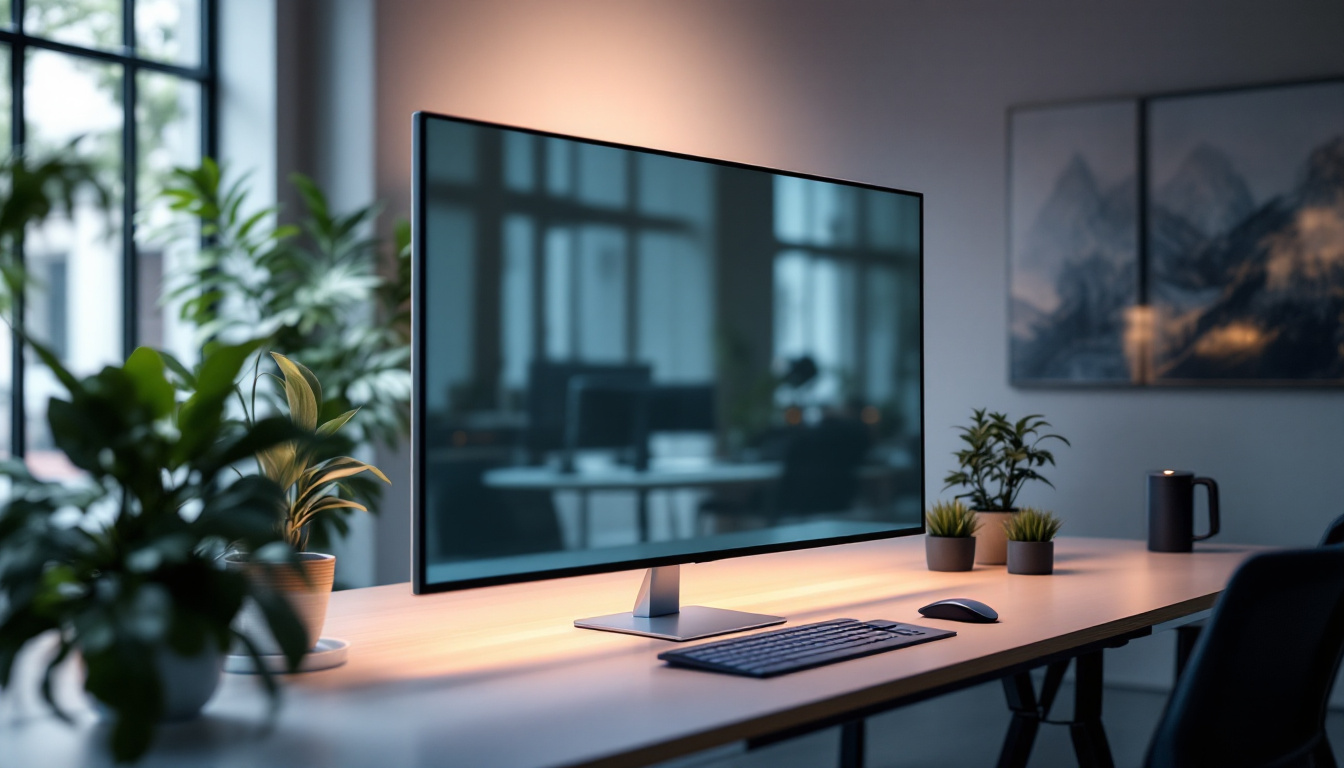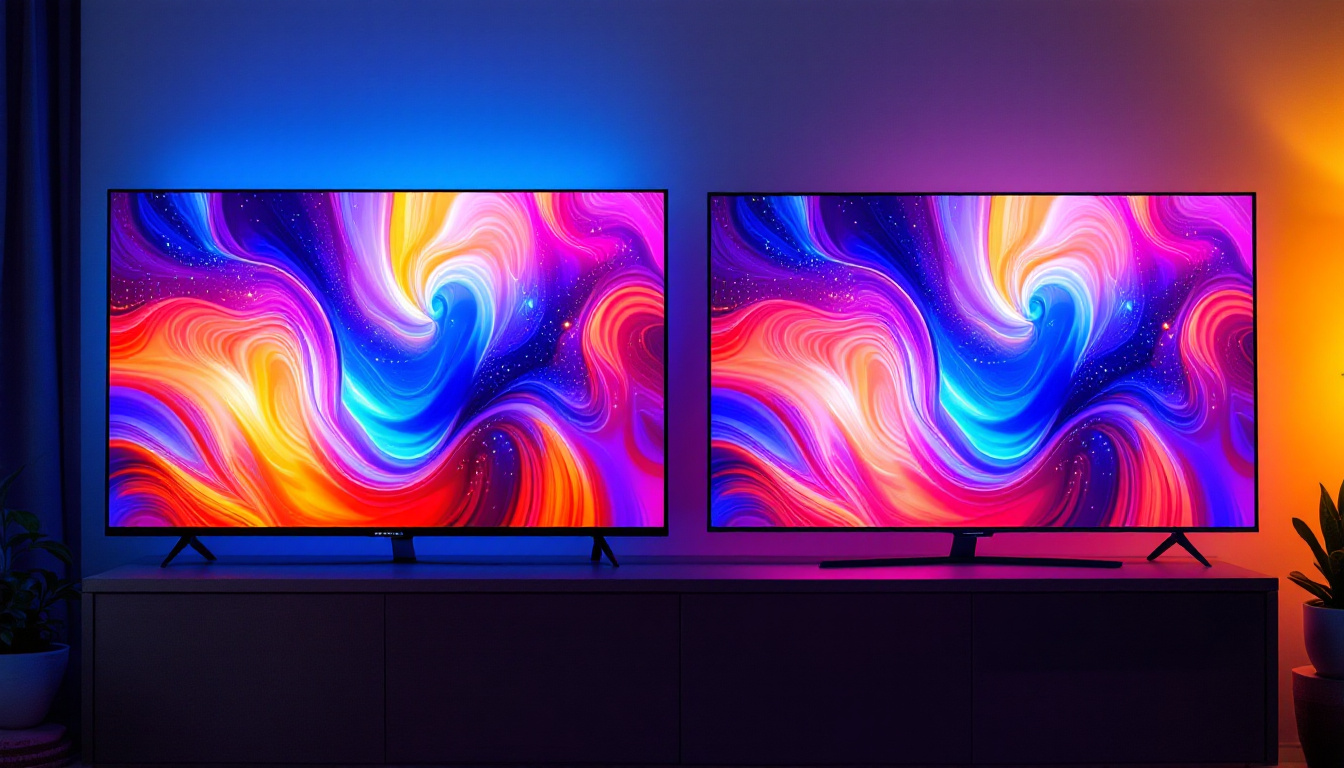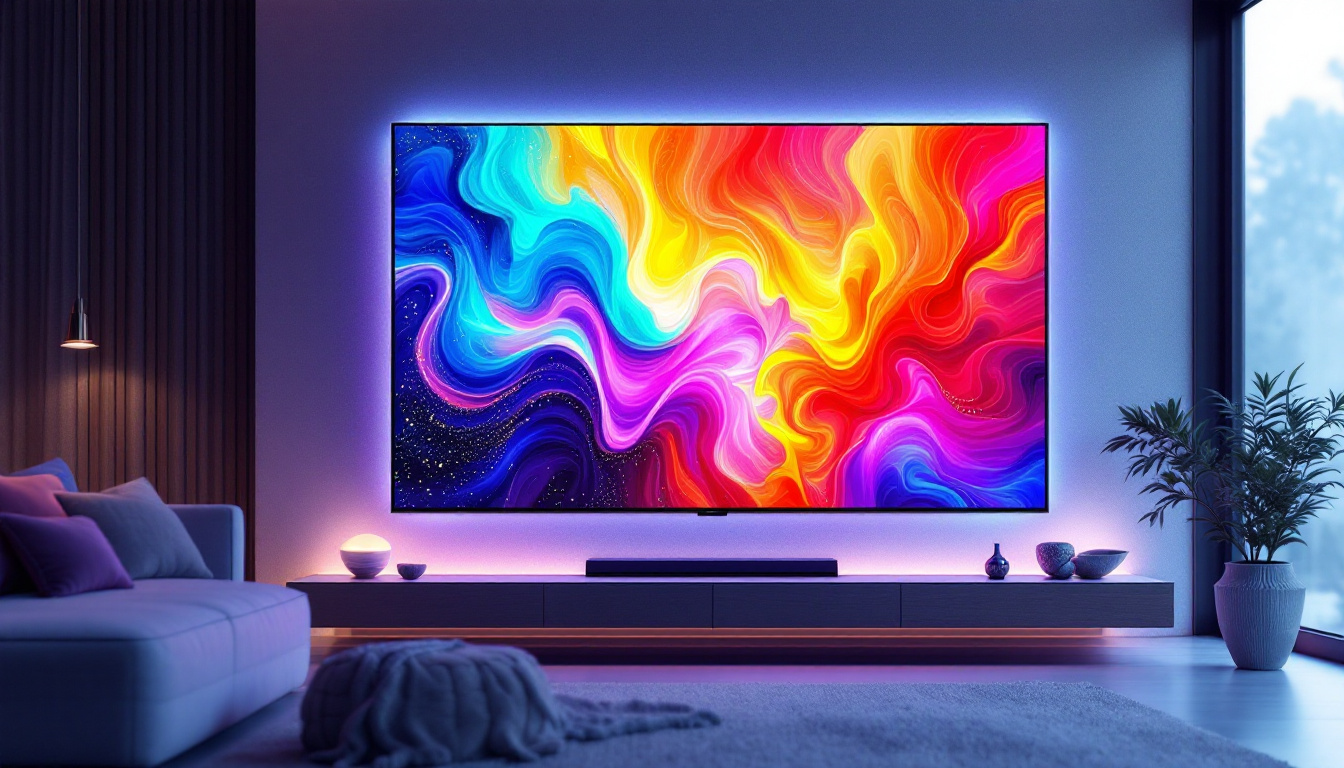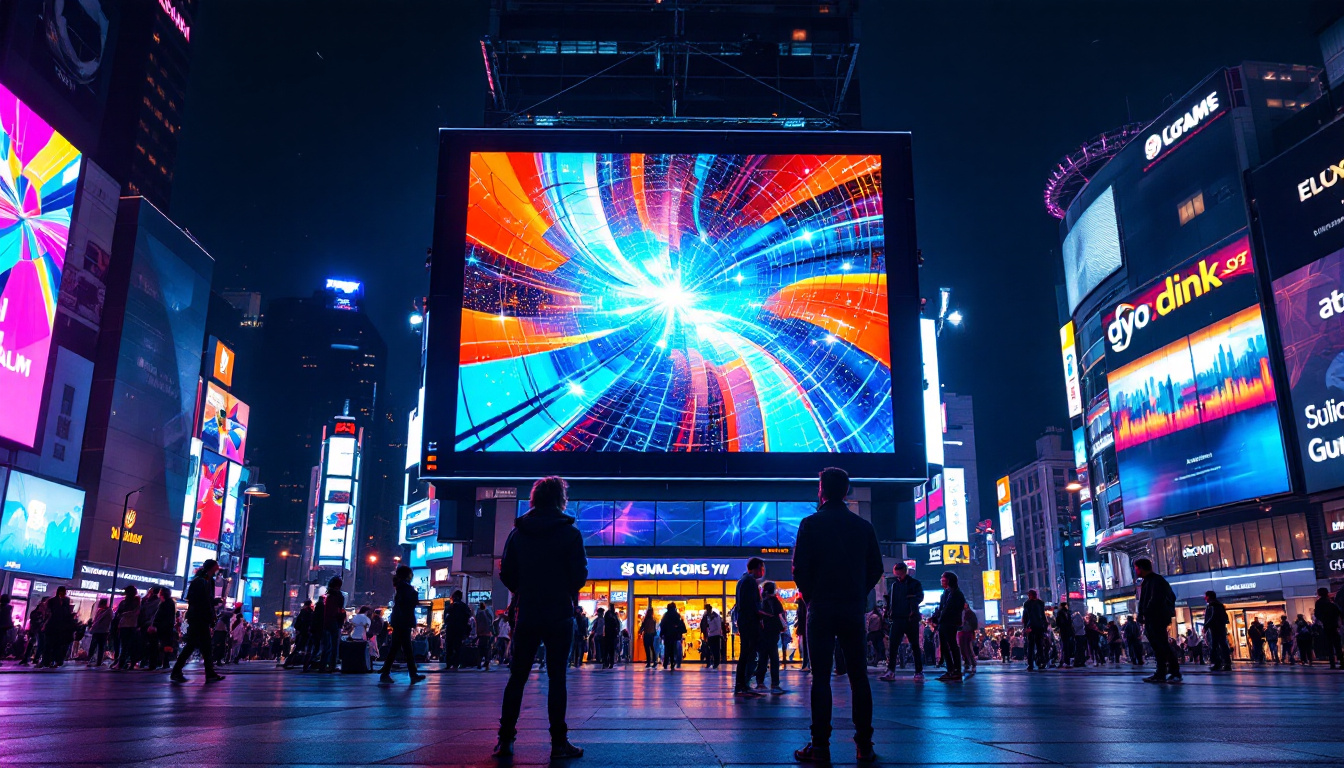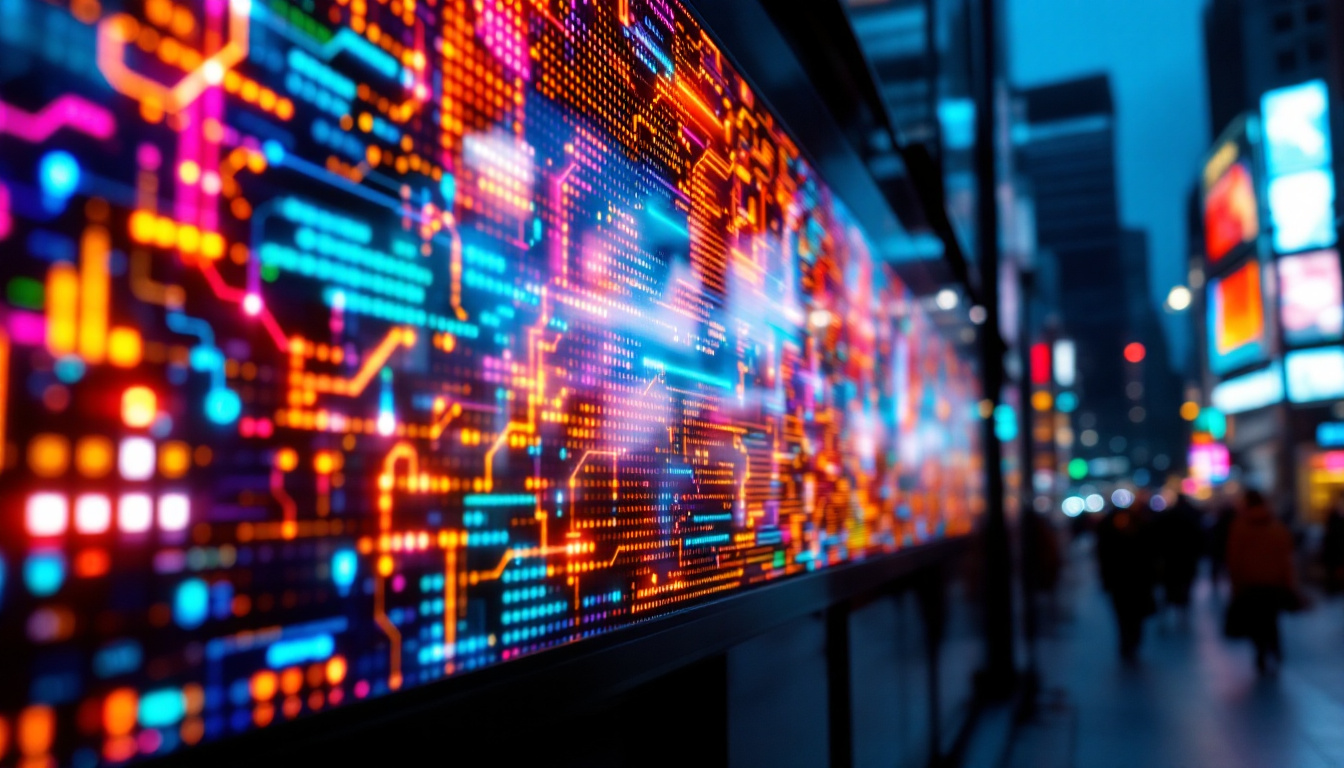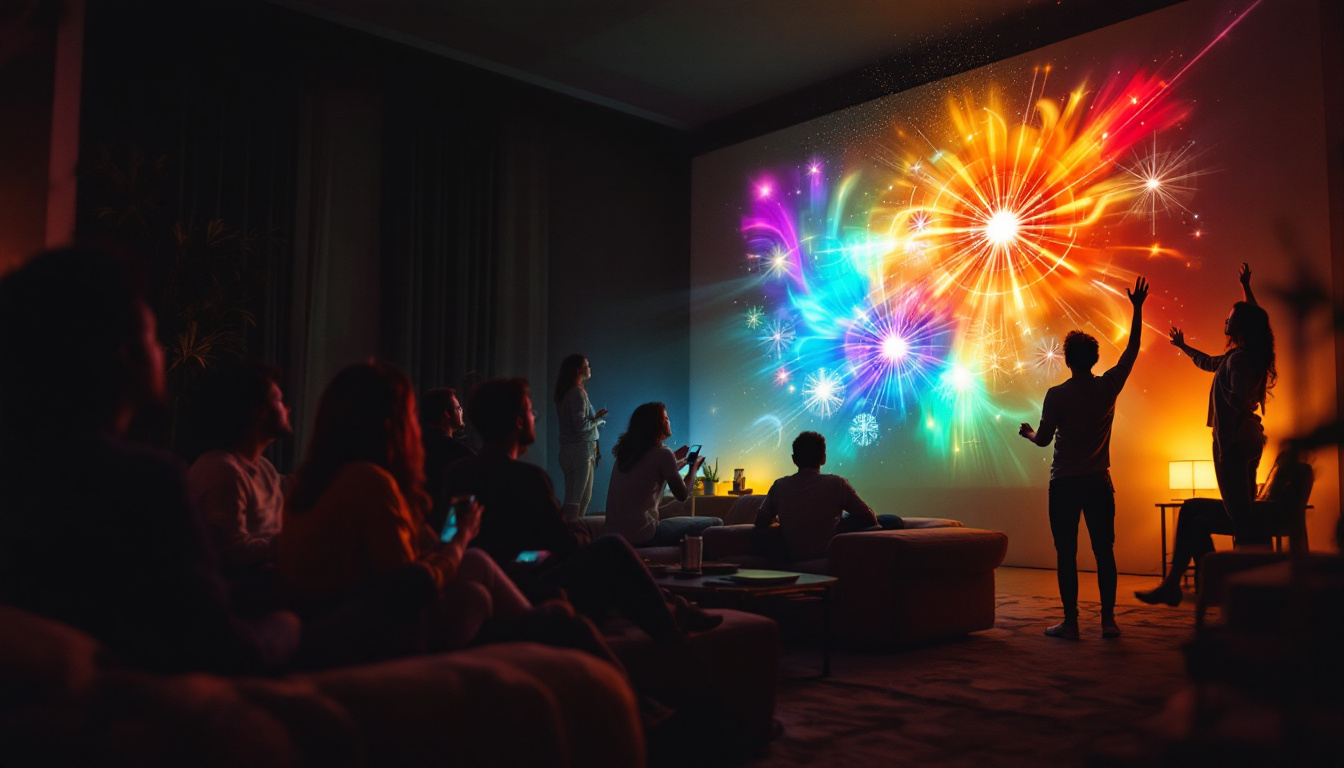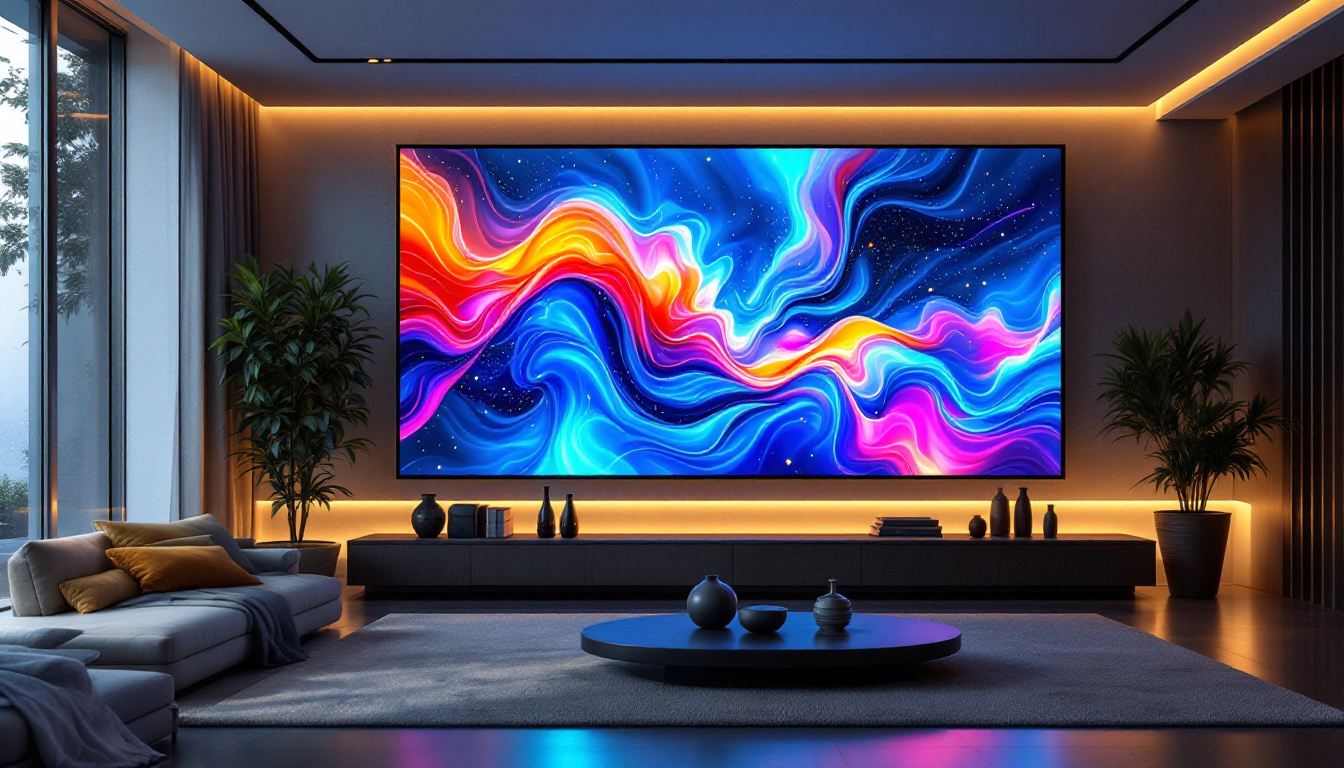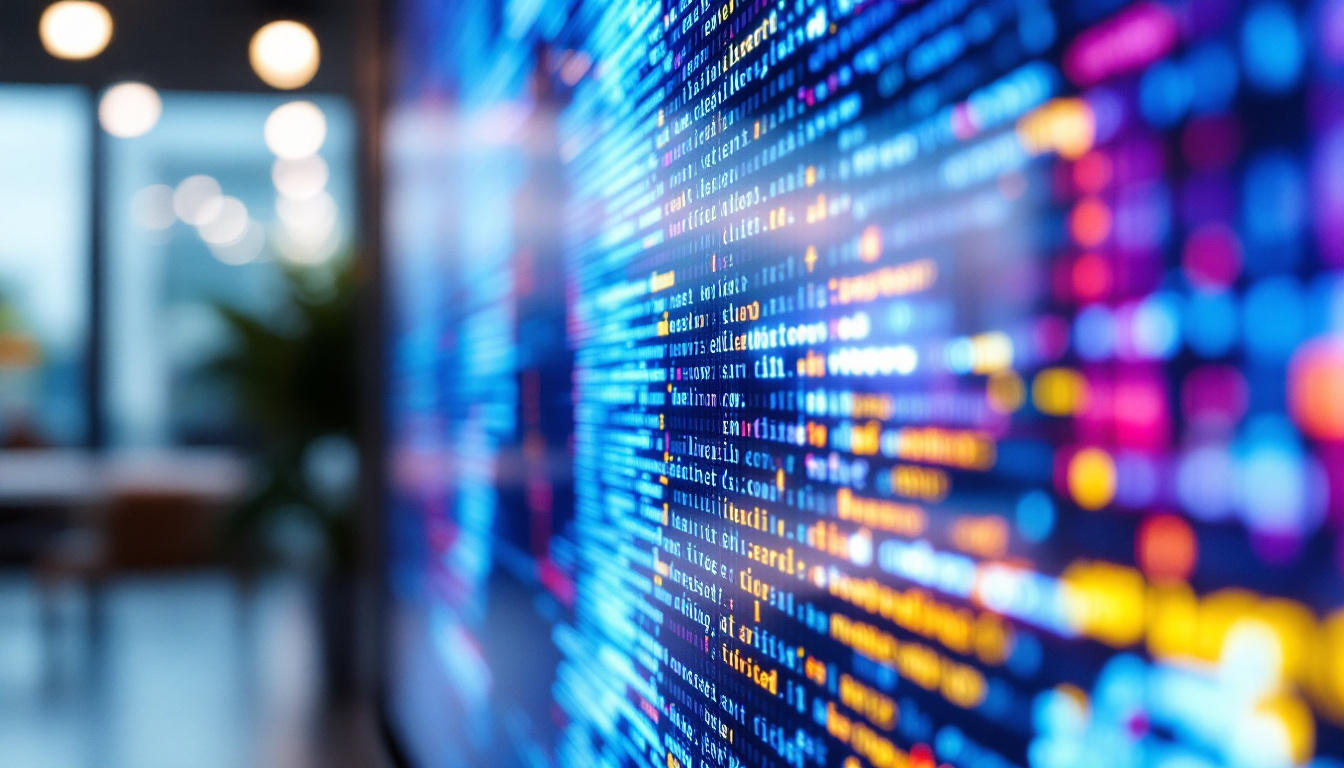The world of digital display solutions has evolved dramatically over the past few decades, with LED (Light Emitting Diode) technology at the forefront of this transformation. From billboards to indoor screens, LED displays have become ubiquitous, offering vibrant colors, high brightness, and energy efficiency. This article delves into the intricacies of LED displays, exploring their technology, applications, advantages, and future trends.
Understanding LED Technology
LED technology is based on the principle of electroluminescence, where light is emitted from a semiconductor material when an electric current passes through it. This fundamental characteristic distinguishes LEDs from traditional lighting solutions, such as incandescent or fluorescent bulbs. The development of LED technology has revolutionized the lighting industry, offering not only energy efficiency but also longevity, with lifespans that can exceed 25,000 hours compared to the much shorter lifespan of traditional bulbs.
How LEDs Work
At the core of an LED display are tiny diodes that emit light when energized. These diodes are arranged in a grid formation, creating pixels that can be individually controlled. Each pixel typically consists of red, green, and blue (RGB) LEDs, which can be mixed in varying intensities to produce a wide spectrum of colors. This RGB configuration allows for the creation of detailed images and videos, making LED displays ideal for various applications. The ability to control each pixel independently not only enhances the visual experience but also allows for dynamic content that can change in real-time, adapting to different environments and audiences.
When an electrical current flows through the LED, it excites the electrons in the semiconductor material, causing them to release energy in the form of light. The color of the emitted light depends on the materials used in the semiconductor. The efficiency and brightness of LEDs have improved significantly over the years, making them a popular choice for both indoor and outdoor displays. Moreover, advancements in thermal management and packaging technologies have further enhanced their performance, allowing for brighter outputs without overheating, which is a common issue in older lighting technologies.
Types of LED Displays
LED displays come in various types, each designed for specific applications. The most common types include:
- Direct View LED Displays: These displays are made up of individual LED modules that are directly visible to the viewer. They are commonly used for large outdoor billboards and indoor video walls.
- LED Video Walls: Composed of multiple LED panels, video walls can create large, seamless displays suitable for events, concerts, and advertising.
- Transparent LED Displays: These innovative displays allow light to pass through, making them ideal for storefronts and exhibitions where visibility is essential.
In addition to these common types, there are also specialized LED displays such as flexible LED screens, which can be bent and shaped to fit unconventional spaces, and high dynamic range (HDR) displays that offer enhanced contrast and color accuracy for a more immersive viewing experience. The versatility of LED technology has made it a cornerstone in modern advertising, entertainment, and information dissemination, with applications ranging from sports arenas to art installations. As technology continues to advance, we can expect to see even more innovative uses of LED displays that push the boundaries of creativity and functionality.
Applications of LED Displays
LED displays have a wide range of applications across various industries. Their versatility and adaptability make them suitable for numerous environments, from retail spaces to sports arenas.
Advertising and Marketing
One of the most prominent uses of LED displays is in advertising. Retailers and businesses utilize LED screens to capture the attention of potential customers with dynamic content. These displays can showcase promotional videos, product launches, and interactive advertisements, enhancing customer engagement and driving sales.
Outdoor LED billboards have gained popularity due to their high visibility and ability to reach a large audience. The vibrant colors and brightness of LED technology ensure that advertisements are eye-catching, even in direct sunlight. Moreover, the ability to change content remotely allows businesses to adapt their messaging quickly, responding to trends or special events in real-time. This flexibility not only maximizes advertising impact but also minimizes costs associated with traditional print media.
Entertainment and Events
In the entertainment industry, LED displays play a crucial role in enhancing the audience experience. Concerts, festivals, and sports events often feature large LED screens that display live feeds, graphics, and animations. These displays create an immersive atmosphere, allowing attendees to engage with the performance on a deeper level.
Moreover, LED technology is increasingly being used in stage design, where flexible LED panels can be shaped and configured to create stunning visual effects. This innovation has revolutionized how performances are presented, making them more captivating and memorable. For instance, during theatrical productions, LED backdrops can change scenes seamlessly, enhancing storytelling and emotional impact. Additionally, the use of LED displays in live events allows for interactive elements, such as audience participation through mobile devices, further enriching the overall experience.
Transportation and Public Information
LED displays are also prevalent in transportation systems, providing real-time information to commuters. Train stations, airports, and bus terminals utilize LED screens to display arrival and departure times, flight information, and safety announcements. The clarity and visibility of LED technology ensure that critical information is communicated effectively.
Additionally, LED displays are used in traffic management systems to convey important messages to drivers, such as traffic updates, road conditions, and alerts. This application enhances safety and improves the overall efficiency of transportation networks. As cities become smarter, the integration of LED technology with IoT systems allows for more responsive traffic control, adapting to real-time conditions and reducing congestion. Furthermore, LED displays can serve as platforms for public service announcements, promoting community events or safety campaigns, thereby fostering a more informed and connected public.
Advantages of LED Displays
The growing popularity of LED displays can be attributed to their numerous advantages over traditional display technologies. Understanding these benefits is essential for businesses and organizations considering the switch to LED solutions.
Energy Efficiency
One of the most significant advantages of LED displays is their energy efficiency. LEDs consume considerably less power compared to traditional lighting solutions, resulting in lower electricity bills and a reduced carbon footprint. This energy efficiency is particularly beneficial for large-scale installations, where power consumption can be a significant concern.
Longevity and Durability
LED displays are designed to last. With an operational lifespan of up to 100,000 hours, they outlast many other display technologies. This longevity translates to lower maintenance costs and less frequent replacements, making them a cost-effective solution in the long run.
Additionally, LED displays are more durable and resistant to environmental factors. Unlike fragile LCD screens, LEDs can withstand harsh weather conditions, making them suitable for outdoor applications.
High Brightness and Contrast
LED displays are known for their exceptional brightness and contrast levels. This capability allows them to deliver clear and vibrant images, even in bright sunlight. The high contrast ratio enhances the viewing experience, making content more engaging and visually appealing.
Challenges and Considerations
While LED displays offer numerous advantages, there are also challenges and considerations to keep in mind when implementing this technology. Understanding these factors can help organizations make informed decisions.
Initial Costs
The initial investment for LED displays can be higher than traditional display solutions. While the long-term savings in energy and maintenance costs are substantial, the upfront costs may deter some businesses. It is essential to evaluate the return on investment (ROI) when considering an LED display installation.
Technical Expertise
Implementing and maintaining LED displays may require specialized technical expertise. Organizations may need to invest in training staff or hiring professionals to ensure the displays are installed and operated correctly. This requirement can add to the overall costs and complexity of the project.
Content Management
Effective content management is crucial for maximizing the impact of LED displays. Organizations must develop a strategy for creating and updating content regularly. This process may involve hiring graphic designers or content creators, which can add to the operational costs.
The Future of LED Displays
The future of LED displays looks promising, with ongoing advancements in technology and design. As industries continue to embrace digital solutions, LED displays are expected to evolve further, offering even more innovative applications.
Advancements in Technology
Recent advancements in LED technology, such as MicroLED and MiniLED, are paving the way for even more impressive displays. These technologies offer improved color accuracy, higher resolutions, and greater flexibility in design. As these innovations become more mainstream, they will likely redefine the possibilities of digital displays.
Integration with Smart Technology
As the Internet of Things (IoT) continues to expand, the integration of LED displays with smart technology is becoming increasingly common. This integration allows for real-time data updates, interactive content, and enhanced user experiences. Organizations can leverage these capabilities to create personalized and dynamic displays that resonate with their audience.
Sustainability Initiatives
With growing concerns about environmental sustainability, the LED industry is focusing on developing eco-friendly solutions. This includes using recyclable materials, reducing energy consumption, and implementing sustainable manufacturing practices. As consumers become more environmentally conscious, businesses that prioritize sustainability in their LED display solutions will likely gain a competitive edge.
Conclusion
LED displays have revolutionized the way information is communicated and experienced across various industries. Their vibrant colors, energy efficiency, and versatility make them an ideal choice for advertising, entertainment, and public information. While there are challenges to consider, the benefits of LED technology far outweigh the drawbacks.
As advancements continue to shape the future of LED displays, organizations that embrace this technology will be well-positioned to engage their audiences and drive success. The journey of LED displays is just beginning, and the possibilities are limitless.
Explore the Future of Visual Communication with LumenMatrix
Ready to elevate your brand’s presence and captivate your audience with unparalleled visual experiences? Discover LumenMatrix’s innovative LED display solutions, where cutting-edge technology meets creative design. From Indoor and Outdoor LED Wall Displays to specialized solutions like Vehicle LED Displays and LED Sports Displays, LumenMatrix offers a wide array of products tailored to your unique needs. Embrace the power of LED technology and transform your visual communication strategy today. Check out LumenMatrix LED Display Solutions and join the revolution in digital signage.

